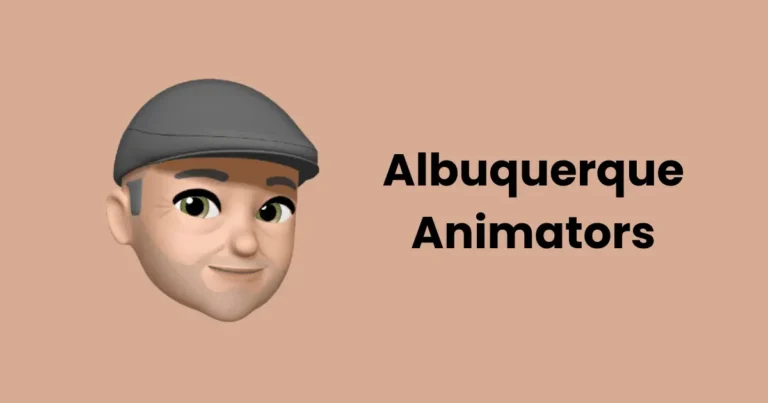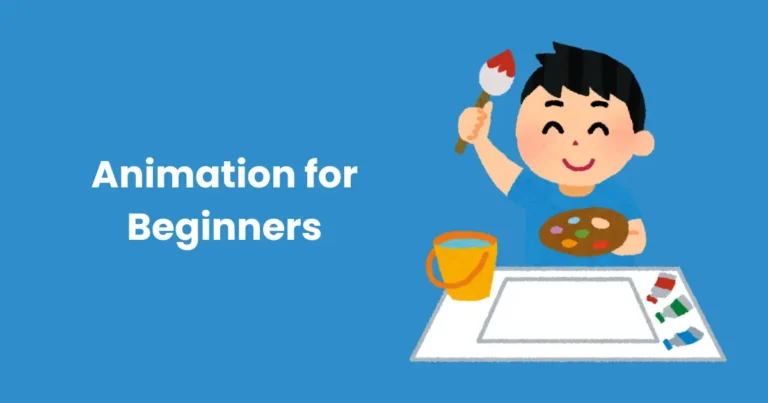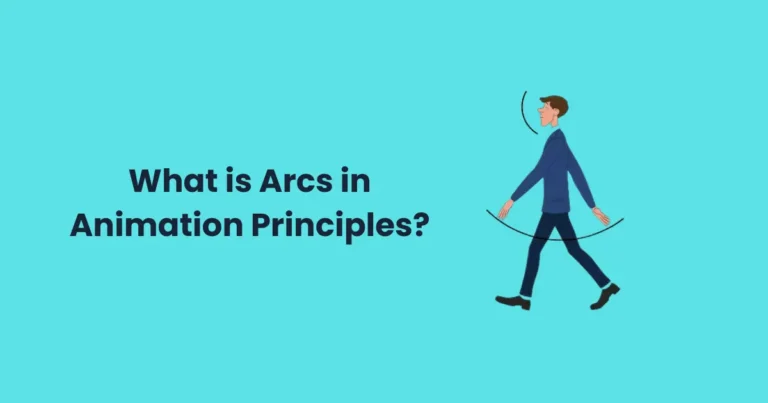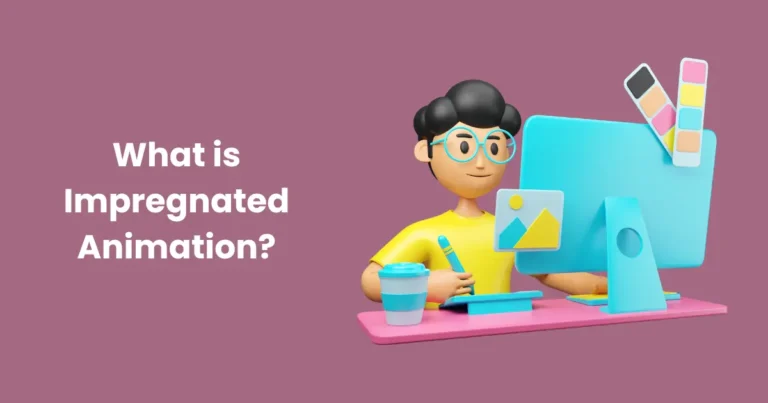Anatomy Books for Artists | Recommendations of top books in 2025
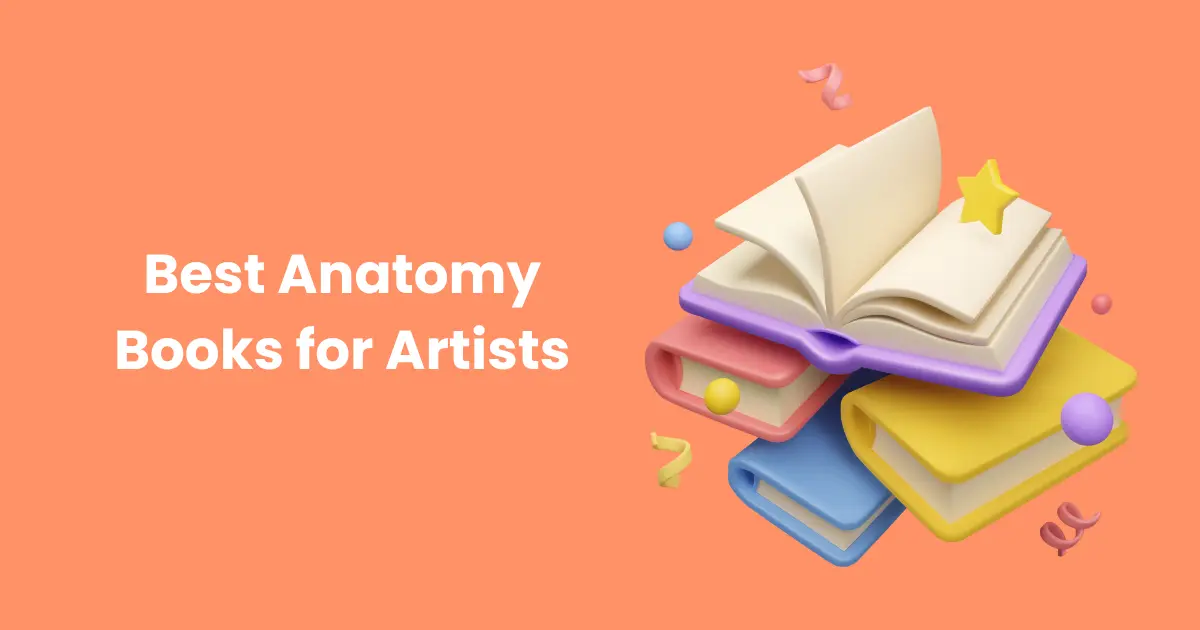
Contents
- 1 What to Look for in an Anatomy Book for Artists
- 2 Top Anatomy Books for Artists
- 2.1 1. Anatomy for Sculptors: Understanding the Human Figure by Uldis Zarins with Sandis Kondrats
- 2.2 2. Figure Drawing: Design and Invention by Michael Hampton
- 2.3 3. Morpho: Anatomy for Artists by Michel Lauricella
- 2.4 4. Atlas of Human Anatomy for the Artist by Stephen Rogers Peck
- 2.5 5. Strength Training Anatomy by Frederic Delavier
- 2.6 6. Drawing the Head and Hands by Andrew Loomis
- 2.7 7. Classic Human Anatomy in Motion by Valerie L. Winslow
- 2.8 8. Animal Anatomy for Artists by Eliot Goldfinger
- 3 Anatomy Books for Artists by Focus Area
- 4 Why Anatomy Books Are Crucial for Artists
- 5 Tips for Using Anatomy Books Effectively
Anatomy books for artists are essential tools for mastering the human form and creating dynamic, lifelike artwork. Whether you are a budding artist or an experienced professional, understanding the structure and movement of the human body is crucial. Anatomy books for artists not only provide a detailed breakdown of muscles, bones, and proportions but also offer techniques to bring life and motion into your drawings.
In this guide, we’ll explore the best anatomy books for artists that cater to various skill levels and artistic styles. From beginner-friendly manuals to advanced resources for professionals, these books will enhance your ability to capture the intricacies of the human form with confidence and precision. Dive into this comprehensive list to find the perfect anatomy resource for your artistic journey.
What to Look for in an Anatomy Book for Artists
Choosing the right anatomy book for artists can significantly impact your artistic growth. A good anatomy book serves as a bridge between technical knowledge and artistic interpretation, helping you bring realism and dynamism to your work. Here are key factors to consider when selecting an anatomy book for artists:
1. Skill Level Appropriateness
- For Beginners: Look for books with simplified explanations and step-by-step instructions. Titles that emphasize basic shapes, proportions, and foundational anatomy are ideal.
- For Advanced Artists: Choose books that delve deeper into muscle layering, skeletal details, and dynamic poses.
2. Illustration Style
- Anatomy books for artists should feature clear, high-quality visuals. Some books focus on realistic depictions, while others may have stylized or diagrammatic representations.
- Check for books that align with your preferred medium, such as traditional drawing, painting, or digital art.
3. Practical Exercises
- Books that include practice exercises, such as gesture drawing or anatomical breakdowns, help reinforce learning. These exercises should be tailored to artists, emphasizing creative application rather than clinical precision.
4. Focus on Artistic Application
- Some anatomy books cater specifically to medical or academic study, which may not be as useful for artists. Instead, choose resources that explain anatomy with a focus on movement, expression, and artistic flexibility.
5. Specialization
- Depending on your interest, you might prefer books that specialize in:
- Figure Drawing: Emphasizing full-body anatomy and proportions.
- Facial Anatomy: Concentrating on expressions and head structure.
- Dynamic Poses: Focusing on movement and action.
6. User Reviews and Recommendations
- Check reviews from fellow artists to gauge a book’s usability and value. Online art communities often provide great insights into the most effective anatomy books for artists.
By focusing on these criteria, you can select the anatomy book that best suits your needs, ensuring it becomes a valuable resource in your artistic development.
Top Anatomy Books for Artists
Here’s a curated list of some of the best anatomy books for artists, categorized by their strengths to help you choose the perfect resource for your artistic journey:

1. Anatomy for Sculptors: Understanding the Human Figure by Uldis Zarins with Sandis Kondrats
- Best Overall
This book is a favorite among artists for its clear and detailed visual breakdown of human anatomy. It simplifies complex structures into easy-to-understand forms, making it ideal for both beginners and professionals. - Key Features:
- Realistic 3D renderings and diagrams
- Focus on proportions and shapes
- Great for sculptors, illustrators, and animators
2. Figure Drawing: Design and Invention by Michael Hampton
- Best for Beginners
This book teaches anatomy with a focus on design principles, making it perfect for those starting their artistic journey. It emphasizes understanding anatomy through basic shapes and gesture drawing. - Key Features:
- Simplified anatomical forms
- Step-by-step tutorials on figure construction
- Easy-to-follow illustrations
3. Morpho: Anatomy for Artists by Michel Lauricella
- Best for Quick Reference
This pocket-sized book is packed with concise anatomical sketches, ideal for artists seeking a quick reference while working. - Key Features:
- Compact and portable
- Minimal text, focusing on visuals
- Great for on-the-go sketching
4. Atlas of Human Anatomy for the Artist by Stephen Rogers Peck
- Best for Classic Artists
A timeless resource, this book provides in-depth anatomical details combined with artistic interpretations. It’s especially suitable for traditional artists working in classical styles. - Key Features:
- Comprehensive diagrams
- Discussions on proportions and perspective
- Covers both male and female anatomy
5. Strength Training Anatomy by Frederic Delavier
- Best for Dynamic Poses
Though originally intended for fitness enthusiasts, this book is highly valued by artists for its focus on muscle movement during action. - Key Features:
- Detailed muscle illustrations in motion
- Great for dynamic and action poses
- Focus on muscular engagement
6. Drawing the Head and Hands by Andrew Loomis
- Best for Portrait Artists
This classic book is an essential guide for mastering the anatomy of the face and hands, helping artists create realistic and expressive portraits. - Key Features:
- Focus on facial proportions and expressions
- Techniques for drawing realistic hands
- Practical exercises and examples
7. Classic Human Anatomy in Motion by Valerie L. Winslow
- Best for Movement and Action
This book emphasizes the anatomy of movement, making it a perfect choice for animators and illustrators working with dynamic poses. - Key Features:
- Detailed coverage of muscles in motion
- Illustrations of various action poses
- Explanation of joint mechanics
8. Animal Anatomy for Artists by Eliot Goldfinger
- Bonus for Animal Artists
If your artistic focus includes animals, this book is a valuable addition to your library. It offers detailed anatomy for various species. - Key Features:
- Anatomical illustrations for animals
- Comparisons to human anatomy
- Useful for creature design and wildlife art
Why These Books Stand Out
Each of these anatomy books for artists caters to a specific need or style, ensuring there’s something for everyone. Whether you’re just starting or looking to refine advanced techniques, these books are invaluable resources for improving your understanding of the human form and elevating your art.
Anatomy Books for Artists by Focus Area
Different artistic needs require tailored resources. Here’s a breakdown of anatomy books for artists based on specific focus areas, helping you choose the one that aligns best with your creative goals:

1. Anatomy for Beginners
- Best Pick: Figure Drawing: Design and Invention by Michael Hampton
- Simplifies complex anatomy into basic shapes and forms.
- Focuses on gesture drawing and figure construction for novice artists.
- Ideal for building a strong foundation in anatomy.
- Honorable Mention: Anatomy: A Complete Guide for Artists by Joseph Sheppard
- Comprehensive yet beginner-friendly.
- Offers straightforward diagrams and instructions.
2. Anatomy for Realism
- Best Pick: Atlas of Human Anatomy for the Artist by Stephen Rogers Peck
- Provides detailed anatomical insights for creating lifelike human figures.
- Covers skeletal, muscular, and surface anatomy in depth.
- Honorable Mention: Classic Human Anatomy by Valerie L. Winslow
- A thorough guide to human anatomy with artistic focus.
- Explains proportions and anatomical mechanics in realistic detail.
3. Anatomy for Dynamic Poses
- Best Pick: Strength Training Anatomy by Frederic Delavier
- Focuses on muscles in motion, making it ideal for action-oriented art.
- Provides a practical understanding of how muscles behave dynamically.
- Honorable Mention: Dynamic Anatomy by Burne Hogarth
- Emphasizes the movement and energy of the human figure.
- Known for its dramatic illustrations of motion.
4. Anatomy for Portraits and Faces
- Best Pick: Drawing the Head and Hands by Andrew Loomis
- Specializes in facial proportions, features, and expressions.
- Offers techniques for realistic and expressive portraits.
- Honorable Mention: Heads, Features and Faces by George B. Bridgman
- Detailed guidance on facial anatomy and variations in expressions.
5. Anatomy for Digital Artists
- Best Pick: Morpho: Anatomy for Artists by Michel Lauricella
- Compact with highly stylized and detailed sketches.
- Tailored for quick reference during digital illustration or animation.
- Honorable Mention: Anatomy for Sculptors by Uldis Zarins with Sandis Kondrats
- Clear 3D renderings perfect for digital sculptors and modelers.
6. Anatomy for Gesture Drawing
- Best Pick: Gesture Drawing for Animation by Walt Stanchfield
- Focuses on capturing the essence and energy of movement.
- Popular among animators for its emphasis on storytelling through gestures.
- Honorable Mention: Force: Dynamic Life Drawing for Animators by Michael D. Mattesi
- Highlights force and flow within the human figure.
7. Anatomy for Creature Design
- Best Pick: Animal Anatomy for Artists by Eliot Goldfinger
- Detailed anatomy of various animal species for creature design and wildlife art.
- Offers comparisons between human and animal anatomy.
- Honorable Mention: An Atlas of Animal Anatomy for Artists by W. Ellenberger
- Classic reference for animal anatomy, often used in traditional and digital art.
8. Anatomy for Expressive Art
- Best Pick: Dynamic Figure Drawing by Burne Hogarth
- Focuses on dramatic and expressive human forms.
- Ideal for comic book artists and illustrators.
- Honorable Mention: The Artist’s Guide to Human Anatomy by Gottfried Bammes
- Balances expressive anatomy with technical precision.
How to Use These Books
Each of these books offers unique insights into anatomy tailored to different artistic needs. By choosing a book (or a combination) based on your focus area, you’ll have the tools to enhance your skills and achieve your artistic goals. Whether you’re aiming for realism, dynamism, or expression, these anatomy books for artists are your gateway to mastering the human form.
Why Anatomy Books Are Crucial for Artists
Anatomy books for artists are indispensable resources, serving as guides to mastering the human form and elevating the quality of your work. Whether you’re sketching figures, animating characters, or designing creatures, understanding anatomy allows you to create art that is both realistic and expressive. Here’s why anatomy books are vital for artists:

1. Understanding the Human Structure
- Anatomy books for artists provide a roadmap to the skeletal and muscular systems, helping you grasp the underlying framework of the human body.
- They explain how bones and muscles interact, enabling you to draw figures with accurate proportions and lifelike depth.
2. Creating Realistic and Dynamic Poses
- With detailed insights into joint mechanics and muscle movement, anatomy books help you depict natural poses and dynamic action.
- They teach you how the body shifts during motion, crucial for animators, illustrators, and digital artists.
3. Enhancing Artistic Expression
- Mastering anatomy allows artists to exaggerate or stylize forms while maintaining believability.
- For expressive work like portraits or comics, an understanding of anatomy ensures that emotions and gestures resonate authentically.
4. Overcoming Artistic Challenges
- One of the most common struggles for artists is drawing hands, faces, or challenging poses. Anatomy books break down these complex areas into manageable steps.
- They offer targeted exercises to address specific problem areas, such as foreshortening or symmetry.
5. Adapting to Any Artistic Medium
- Whether you work with pencils, paints, or digital tools, anatomy knowledge is universally applicable.
- Anatomy books for artists provide techniques that can be tailored to different styles, from hyperrealistic rendering to cartoon exaggeration.
6. A Foundation for Advanced Techniques
- For advanced skills like figure sculpting, creature design, or animation, anatomy books are essential for understanding proportions and movement.
- They serve as a stepping stone to mastering complex subjects like dynamic lighting, textures, and shading.
7. Inspiring Creativity
- Studying anatomy doesn’t just teach you to replicate reality—it opens the door to creative exploration.
- Whether designing fantastical creatures or stylized characters, anatomy books provide a solid base for pushing artistic boundaries.
Anatomy books for artists are more than just references—they are creative tools that enhance your ability to bring ideas to life. By understanding the human form, you gain confidence in your craft, allowing you to draw with precision, create with expression, and design with innovation. Whether you’re a beginner or a seasoned professional, investing in the right anatomy book will be a transformative step in your artistic journey.
Tips for Using Anatomy Books Effectively
An anatomy book is an invaluable resource for artists, but how you use it can make a significant difference in your progress. Here are practical tips for making the most out of anatomy books for artists:

1. Start with Simplified Shapes
- Begin by breaking complex anatomical structures into basic forms like cylinders, spheres, and cubes.
- Many anatomy books, such as Figure Drawing: Design and Invention by Michael Hampton, emphasize this approach, making it easier for beginners to understand proportions.
2. Study in Stages
- Phase 1: Focus on the skeleton to understand the body’s framework.
- Phase 2: Move on to muscles, learning how they attach to bones and create movement.
- Phase 3: Study surface anatomy to refine details like skin folds and visible muscle groups.
- Progress gradually, rather than trying to absorb everything at once.
3. Combine Theory with Practice
- Pair your reading with hands-on drawing sessions. For instance, after studying arm muscles, sketch arms from multiple angles to reinforce what you’ve learned.
- Use exercises provided in books to practice gesture drawing, shading, or anatomical breakdowns.
4. Observe and Compare
- Compare anatomical diagrams with real-life references, such as photos or live models.
- Observe how anatomy translates into movement and expression in real-world settings.
5. Focus on Problem Areas
- Use anatomy books to target areas you find challenging, such as hands, feet, or dynamic poses.
- Books like Drawing the Head and Hands by Andrew Loomis offer specialized guidance for mastering these tricky parts.
6. Use Multiple Resources
- No single anatomy book covers everything. Combine different books to get a well-rounded understanding.
- For dynamic poses: Strength Training Anatomy by Frederic Delavier.
- For facial anatomy: Drawing the Head and Hands by Andrew Loomis.
- For quick references: Morpho: Anatomy for Artists by Michel Lauricella.
7. Draw from Memory
- After studying a diagram or tutorial, challenge yourself to draw it from memory.
- This reinforces your understanding and helps you internalize anatomical knowledge.
8. Analyze Master Works
- Study how renowned artists apply anatomy in their works. Observe their interpretations of proportion, movement, and detail.
- Try recreating their drawings to see how anatomical knowledge is applied creatively.
9. Stay Consistent
- Make anatomy practice a regular part of your routine. Dedicate time each week to studying a specific part of the body or practicing poses.
- Consistency builds muscle memory and improves your confidence over time.
10. Don’t Get Overwhelmed
- Remember that mastering anatomy is a gradual process. Don’t aim for perfection immediately—focus on making steady improvements.
- Celebrate small victories, like accurately drawing a hand or capturing a lifelike pose.
Using anatomy books effectively requires patience, consistency, and a hands-on approach. By combining study with practice, targeting problem areas, and using multiple resources, you’ll deepen your understanding of the human form and elevate your artistic abilities. Let each session with your anatomy book be a step forward in your creative journey.
Conclusion
Anatomy books for artists are more than just educational tools; they are gateways to understanding the human form, unlocking the potential for creativity and precision in your artwork. By studying anatomy, you not only improve your technical skills but also develop the ability to convey emotion, movement, and personality in your creations. Whether you’re a beginner building foundational knowledge or a professional refining advanced techniques, the right anatomy book will guide you toward artistic growth and confidence.
Mastering anatomy is a journey, not a destination. Each book, exercise, and study session brings you closer to creating art that resonates with realism and expression. By combining consistent practice with targeted learning, you can overcome artistic challenges and push your creative boundaries. The investment you make in studying anatomy today will reflect in your art for years to come, helping you craft compelling figures, dynamic poses, and imaginative designs that captivate audiences.



